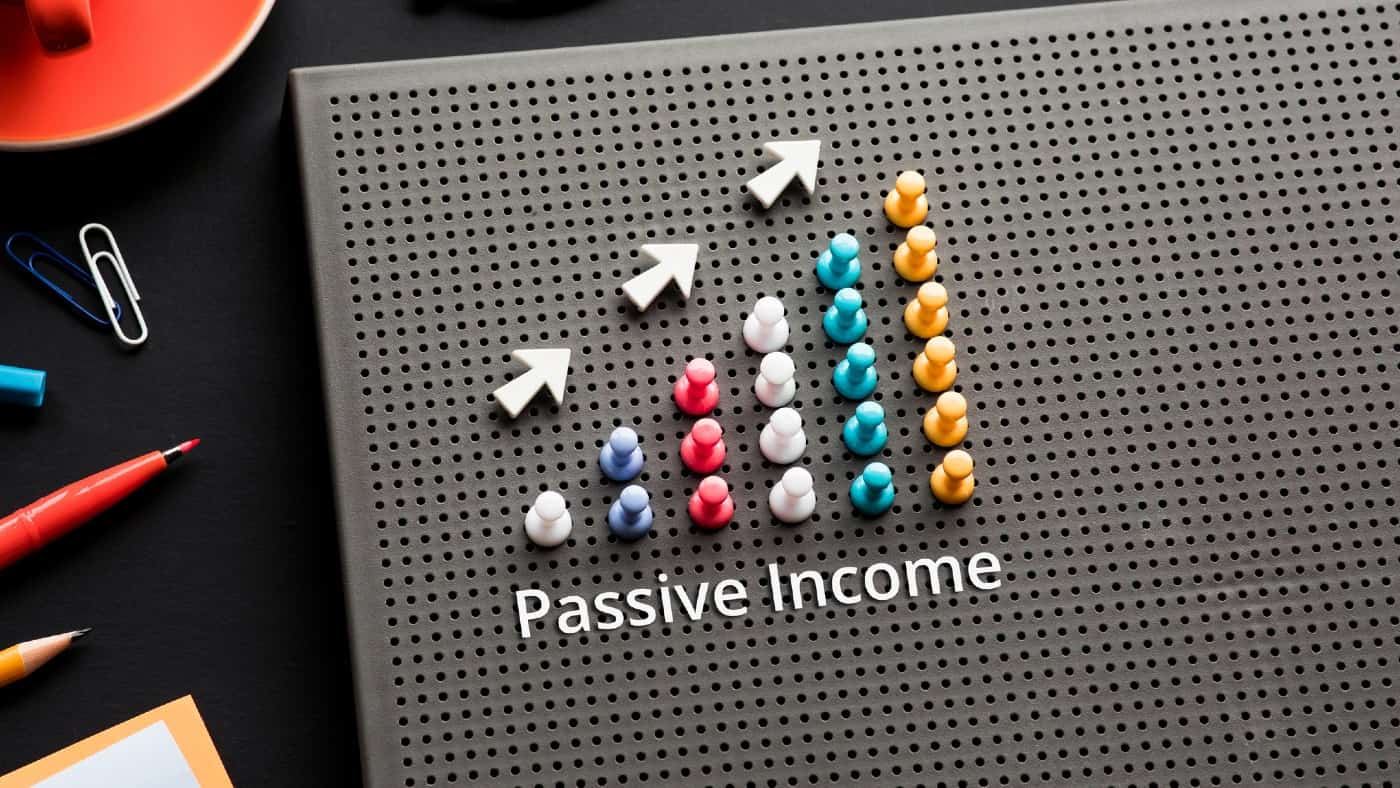If I’d invested £10,000 in Persimmon (LSE:PSN) shares in June 2018, my shareholding would now be worth £4,400.
To make matters worse, the housebuilder — which has a reputation for returning nearly all of its profits to shareholders — has recently cut its dividend.
In respect of the 2021 financial year, shareholders received 235p for each share held. For 2023, the directors are hoping to “at least” maintain last year’s 60p a share “with a view to growing this over time“.
My hypothetical investment five years ago, would have bought me 388 shares. Since 2018, I’d have received a very healthy passive income of £3,822.
But if I had reinvested the dividends at the end of each year, I’d now have an additional 211 shares. And my five-year income would have been £4,510.
Also, the extra stock would narrow my paper losses to £3,369.
| Date | Dividend paid per share (pence) |
| 2 July 2018 | 110 |
| 29 March 2019 | 125 |
| 2 July 2019 | 110 |
| 14 September 2020 | 40 |
| 14 December 2020 | 70 |
| 26 March 2021 | 125 |
| 13 August 2021 | 110 |
| 1 April 2022 | 125 |
| 8 July 2022 | 110 |
| 5 May 2023 | 60 |
Looking forward
But that’s all history. Is the stock worth buying now?
Even with the dividend cut, the collapse in the share price means the shares are yielding around 5.5%. This is above the FTSE 100 average.
But with stubborn inflation affecting living standards, and rising interest rates increasing the cost of mortgages, the company is expecting to build far fewer homes this year. In its most recent trading update, it said completions would be at the “top end” of 8,000-9,000.
The last time Persimmon built so few homes was in 2009, when it sold 8,976 properties. That year it didn’t pay a dividend and reported a profit before tax of just £78m.
However, I expect things to be better this year.
| Year | Unit sales | Earnings per share (pence) | Underlying profit before tax (£m) |
| 2018 | 16,449 | 286.3 | 1,100 |
| 2019 | 15,855 | 269.1 | 1,048 |
| 2020 | 13,575 | 220.7 | 863 |
| 2021 | 14,551 | 248.7 | 973 |
| 2022 | 14,868 | 247.3 | 1,012 |
Number crunching
In 2022, the company made a gross profit per house of £76,843. Assuming 9,000 completions and overheads of £150m, pre-tax earnings should be around £545m for 2023. Even with a 10% reduction in the margin — to reflect a fall in the average selling price and/or cost increases due to inflation — the company should make over £300m (94p a share).
A dividend of 60p requires cash of £192m. Even at the bottom end of profit expectations, this is a lot lower than earnings. In 2021, the company returned 95% of its profits to shareholders.
I therefore remain hopeful that the dividend might be closer to 75p this year. If correct, this implies a yield of 6.8%.
One of the reasons why the company is able to pay out such a high proportion of its profits, is because it’s debt free. That’s quite an achievement for a business that’s exposed to a cyclical housing market and must buy land to ensure it can meet future demand.
But my investment case assumes there will be no further shocks to the UK housing market. This isn’t guaranteed given that the Bank of England is expected to increase interest rates further.
What should I do?
I already own shares in Persimmon. But I don’t have any spare cash to buy any more.
Even thought its been a tough couple of years, I don’t intend selling my shares. There’s a chronic shortage of housing in the country that needs to be addressed. Over the long term, once the company resumes building 14,000-16,000 properties a year, I’m confident that the shares will return to their 2021 levels.
Until then, I will be content earning an above-average level of passive income.








